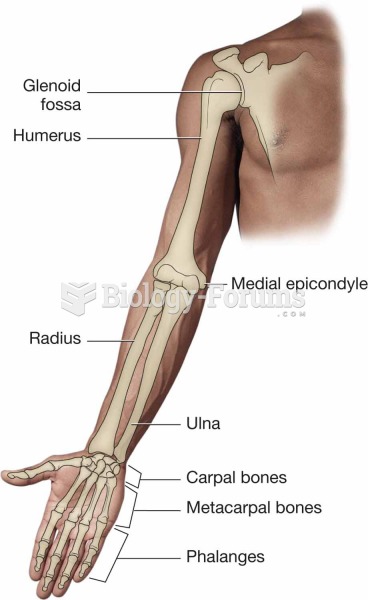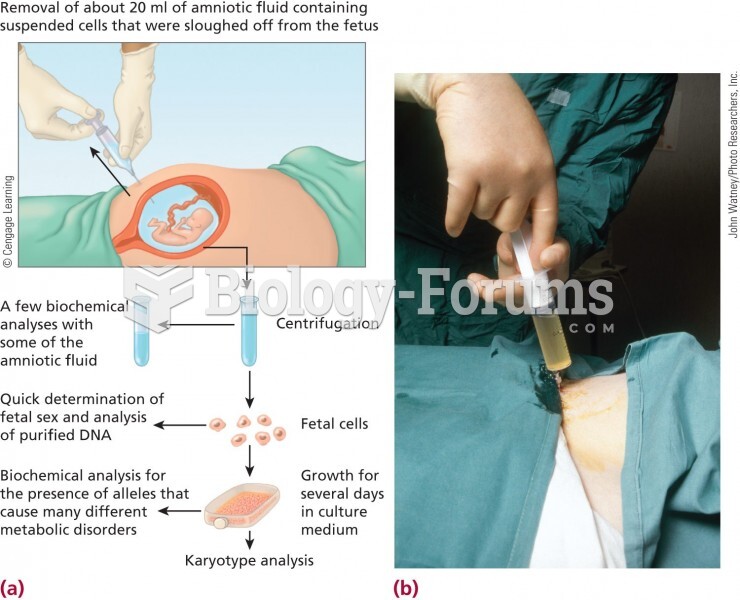|
|
|
According to the American College of Allergy, Asthma & Immunology, more than 50 million Americans have some kind of food allergy. Food allergies affect between 4 and 6% of children, and 4% of adults, according to the CDC. The most common food allergies include shellfish, peanuts, walnuts, fish, eggs, milk, and soy.
Chronic necrotizing aspergillosis has a slowly progressive process that, unlike invasive aspergillosis, does not spread to other organ systems or the blood vessels. It most often affects middle-aged and elderly individuals, spreading to surrounding tissue in the lungs. The disease often does not respond to conventionally successful treatments, and requires individualized therapies in order to keep it from becoming life-threatening.
Fatal fungal infections may be able to resist newer antifungal drugs. Globally, fungal infections are often fatal due to the lack of access to multiple antifungals, which may be required to be utilized in combination. Single antifungals may not be enough to stop a fungal infection from causing the death of a patient.
People about to have surgery must tell their health care providers about all supplements they take.
Although not all of the following muscle groups are commonly used, intramuscular injections may be given into the abdominals, biceps, calves, deltoids, gluteals, laterals, pectorals, quadriceps, trapezoids, and triceps.
 In Hindu marriages, the roles of husband and wife are firmly established. Neither this woman, whom I ...
In Hindu marriages, the roles of husband and wife are firmly established. Neither this woman, whom I ...
 Basic effleurage distal to proximal as a transition technique. Apply first to the upper thigh and ...
Basic effleurage distal to proximal as a transition technique. Apply first to the upper thigh and ...
 Transition from the lower to the upper limbs with compression over the drape. Apply compression with ...
Transition from the lower to the upper limbs with compression over the drape. Apply compression with ...




